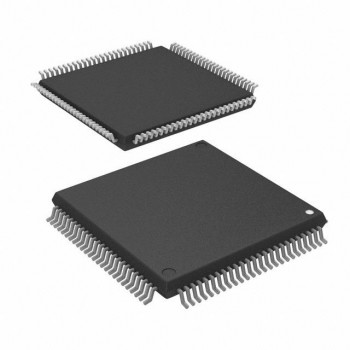In many applications, it is necessary to count external pulse signals to monitor and track certain events. Modern Microcontroller Units (MCUs) can easily implement counting function for external pulse signals. This article will introduce how MCU achieves this functionality.
First and foremost, it is important to understand the basic structure of an MCU. An MCU typically consists of one or more General Purpose Input/Output (GPIO) pins that can be used to connect external devices. These GPIO pins can be configured as input mode to receive external signals.

To count external pulse signals, the MCU needs to have a timer/counter peripheral. This peripheral can be configured to count the number of pulses received on a specific GPIO pin within a certain time period. The timer/counter peripheral usually has multiple modes of operation, such as up-counting, down-counting, or pulse width measurement, which can be selected based on the requirements of the application.
The process of counting external pulse signals using an MCU involves the following steps:
1. Configure the GPIO pin: The GPIO pin connected to the external pulse signal source needs to be configured as an input pin. This can be done by setting the corresponding register bits in the MCU's configuration registers.
2. Configure the timer/counter peripheral: The timer/counter peripheral needs to be configured to count the pulses received on the GPIO pin. This involves setting the mode of operation, prescaler value, and other parameters related to counting.
3. Enable interrupts (optional): To handle the counting process efficiently, interrupts can be enabled in the MCU. An interrupt can be triggered whenever a pulse is detected on the GPIO pin, allowing the MCU to update the count value in real-time.
4. Start counting: Once the GPIO pin and timer/counter peripheral are configured, the MCU can start counting the external pulse signals. The timer/counter peripheral will increment or decrement the count value based on the mode of operation selected.
5. Read the count value: The MCU can read the count value from the timer/counter peripheral at any point during the counting process. This count value can be used for further processing or displaying the results.
6. Reset the count value (optional): Depending on the application requirements, the count value can be reset to zero after a certain condition is met. This allows the MCU to start counting from the beginning for the next set of pulse signals.
In conclusion, MCU can easily implement counting function for external pulse signals by utilizing the timer/counter peripheral and GPIO pins. By following the steps mentioned above, the MCU can accurately count the number of external pulse signals and provide valuable information for various applications.

